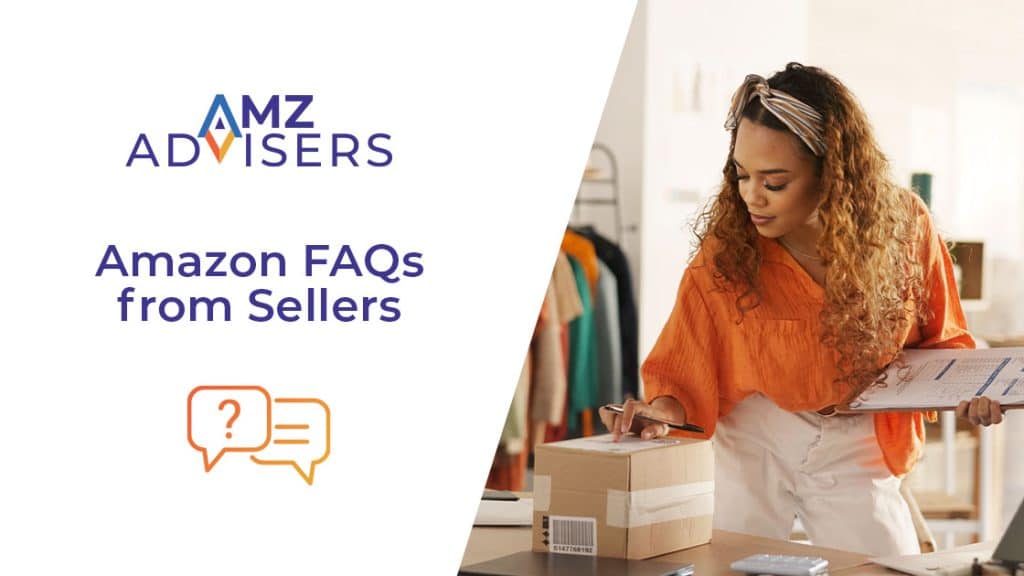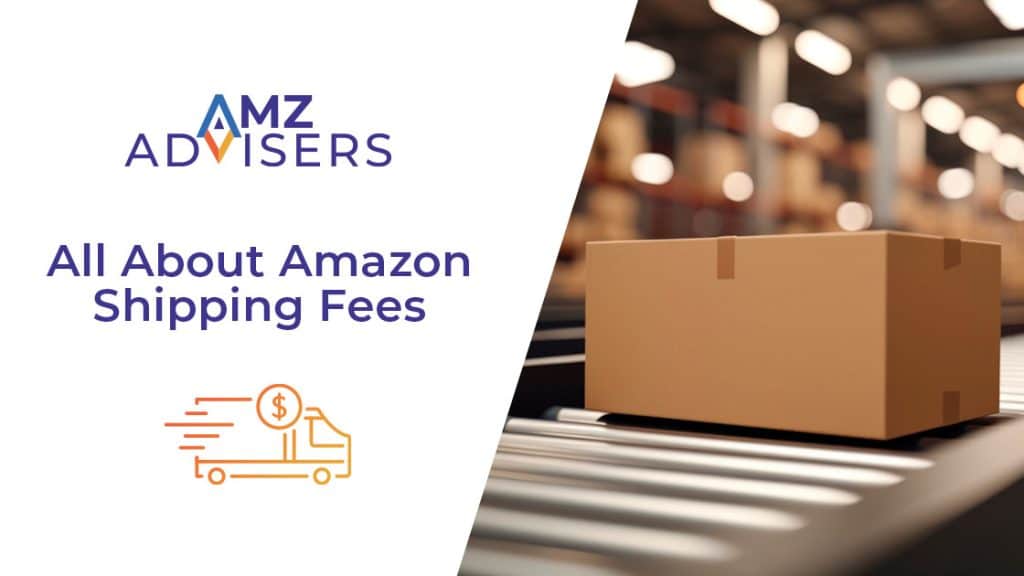Have you ever visited any website and left the minute you saw their page? It could have been for different reasons, such as not enjoying the content or a slow-loading website. If you clicked off the website soon after entering, you contributed to the site’s bounce rate.
A bounce rate is a metric that measures the percentage of visitors who leave within seconds of visiting a website. While a low bounce rate is what every ecommerce brand should aim for, a bounce rate of 40% is considered good.
What if your ecommerce bounce rate is higher than this? There are many ways to reduce this metric and improve website user experience.
What is Ecommerce Bounce Rate?
As stated, bounce rate is the number of website visitors who leave your website. They usually only visit one page and don’t stay on your website long.
What is a good bounce rate for ecommerce? While the average bounce rate for ecommerce is 45.68%, other factors can influence this. For example, every ecommerce niche may have a lower or higher bounce rate than others.
Regardless of the average ecommerce bounce rate, it hurts an online store when customers leave too early. Not only are visitors not purchasing anything, but you never convinced them to buy anything.
Factors That Affect Your Ecommerce Bounce Rate
There are many common causes of a high ecommerce bounce rate, and there’s a chance you’re making one of these errors.
Website Design
Your ecommerce web design should be optimized for the best shopping experience. Customers should land on your website and find what they want in seconds. You can do this with simple website navigation consisting of category pages and sub-categories to narrow down options.
If customers still can’t find what they’re looking for, they can enter the product details on an easy-to-find search bar.
But what if your website lacks any of these navigation details? Navigating will be more challenging, and potential customers will click off your website.
Audience Targeting
As an ecommerce company, you must meet customer demands and sell the products your audience will buy. To ensure you attract the right audience, you must know how to market to your unique consumer base.
But what if you don’t target the correct audience in your marketing and advertising? The wrong consumers will access your website and leave your page when unsatisfied with your products.
This is more likely to happen with bad advertising and marketing decisions. For example, maybe you advertise your homepage on Google Search instead of a product on Google Shopping.
Call-to-Action
When visitors access your website, they should know which pages to click. Call-to-action (CTA) buttons make this easier; these navigational buttons direct the customer to pages that pique their interest.
There are many benefits to using CTA buttons. They not only reduce bounce rates but also increase conversions. CTA buttons align with the customer journey, directing customers on where to go next.
For example, if you’re hosting a big sale, display it as a call-to-action button or banner at the front center of your website. This will be the first thing visitors see when your website loads.
From here, your visitors will feel more inclined to purchase and take advantage of the sale. As they add items to their shopping cart, they will see a convenient checkout button and can make their purchase.
Website Loading Speed
If your website takes three seconds to load, your bounce rate increases by 32%. Many aspects contribute to a slow-loading web page, such as too many pop-ups and several images and videos.
There are other reasons why fast loading times are beneficial for your store. On average, the first result on Google has a page speed of 1.65 seconds.
How to Find Your Bounce Rate
Now that you know the significance of a bounce rate to ecommerce performance, how do you find this metric? Google Analytics and similar marketing platforms offer bounce rate reporting. However, these platforms my not display the bounce rate as simply as you think.a
For example, Google Analytics refers to a page visit as a “session.” If a visitor has a “single-page session,” this can be interpreted as a bounce rate since users only visited one page briefly.
Strategies to Reduce Ecommerce Bounce Rate
There are many tactics to improve your bounce rate. Here are the ones that will keep users on your website and increase conversion rates.
Display Top Deals
Displaying any sales you’re having is the best way to reduce bounce rates and convert customers. Deals will hook in any website visitor, especially if your sale is time-sensitive. Customers want to ensure they’re paying the best price for their products.
Promote your sale using a banner at the top of your page. You can also use a pop-up, but this method isn’t the most effective for mobile customers.
Format Content
If your content is formatted properly, your website visitors will stay on your page longer. Balance all content on your website, including the copy, graphics, margins, and headings.
You can also use bulleted lists to help users skim your page. Too many images mixed with too much text will overwhelm your website visitors.
Optimize Product Pages
Your bounce rate may not start with your home page or landing page. For an ecommerce company, it starts with your product page.
Ensure your customers have all the information they need, such as product specifications and shipping information. There should be a clear CTA button (ideally to add the item to their shopping cart) and a specific spot where they can checkout.
Limit Distractions
A common mistake ecommerce store owners make is overloading their websites with too much junk. This includes pop-ups, content, and even videos or music. All these factors annoy users, who will click out of your website before shopping for your products.
There are ways to display your content and promote your company without annoying distractions. For example, banners can be used so users can view these promotions without affecting the shopping experience.
Optimize With Keywords
Keywords are one of the most effective ways to target the right audience. You can boost your advertising tactics on Google and Amazon with search terms your audience searches for.
Using Google Shopping, you can optimize your product pages for these keywords. Conduct keyword research for advertising and organic SEO to find these search terms.
You’ll easily attract quality leads by targeting keywords that correlate with your products and audience.
Are You Still Struggling With Your Ecommerce Bounce Rate?
The ecommerce bounce rate is the percentage of visitors that leave your website after a short period of time. Several factors are at play if you have a high bounce rate. Notably, your website or products aren’t convincing customers to purchase anything.
If you tried these strategies and still have a high bounce rate, we can help. We can tailor your advertising and marketing strategies to your audience, bringing more visitors to your site and increasing sales.
Our bookkeeping practices also ensure you’re generating revenue while attracting website traffic. Every strategy is custom to every client, and we will align our tactics with your unique goals.
Click here to schedule a call.
Author






